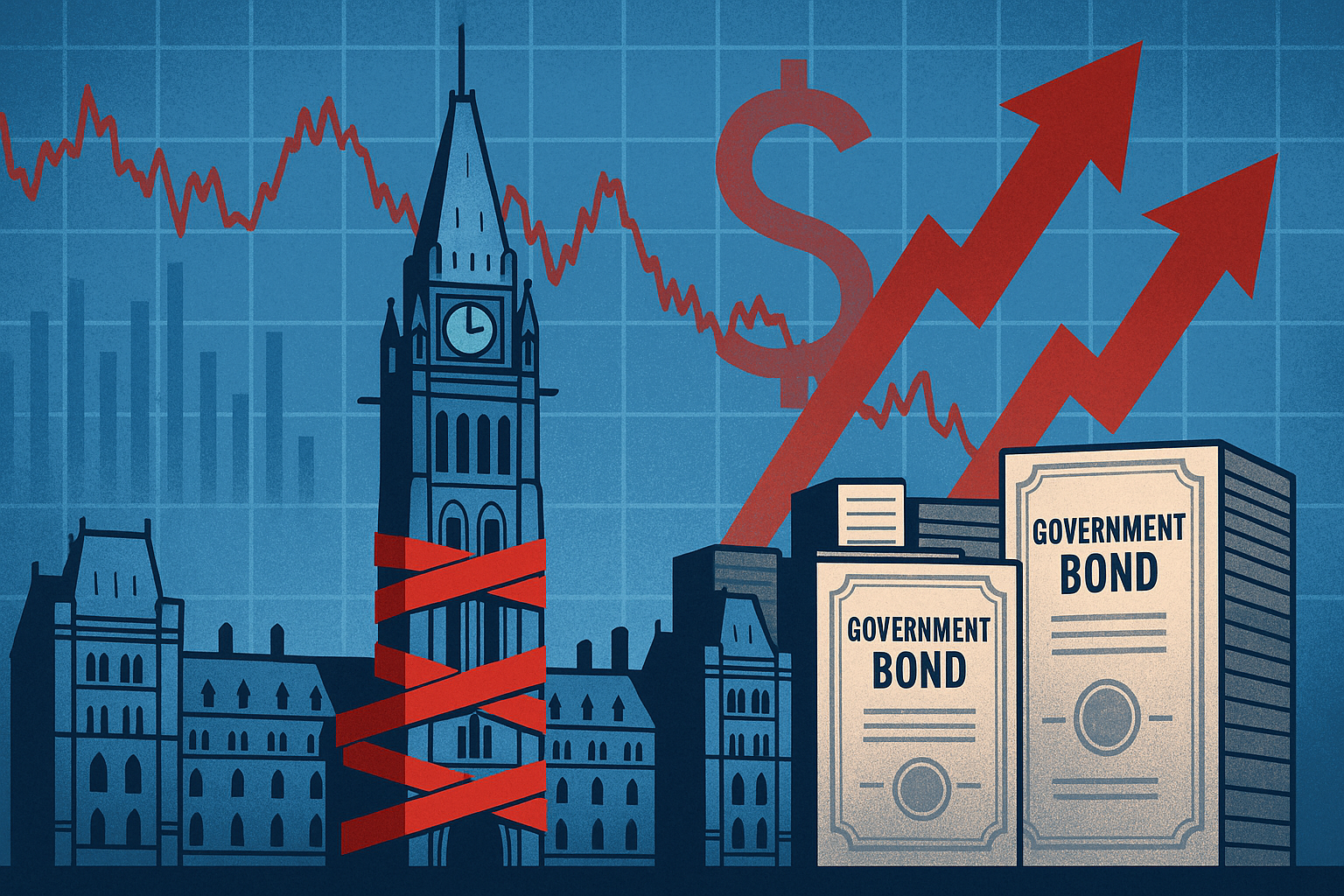Canadian Debt Surge Tests Market Confidence as Budget Delay Raises Questions
In an era of heightened fiscal scrutiny and shifting global monetary policies, investors are watching Canada closely. The federal government is preparing for a record-breaking debt issuance amid an unexpected delay in releasing its 2025 budget—raising fresh concerns over fiscal discipline, inflation pressures, and the outlook for Canadian bond markets.
With the federal government projected to issue tens of billions of dollars in new debt to fund spending commitments and balance its financial obligations, institutional and retail investors alike are reevaluating their exposure to Canadian fixed-income assets and the Canadian dollar.
Why This Matters for Investors
The budget delay has created a vacuum of uncertainty. Markets dislike ambiguity—especially when it comes to sovereign debt. According to U.S. News & World Report, the volume of debt issuance anticipated over the coming quarters could outpace any annual level seen in Canadian history.
This record issuance comes at a time when central banks around the world, including the Bank of Canada, are grappling with how to balance interest rate pressures amid slowing inflation. As the government prepares to flood the market with bonds, yields may rise to attract sufficient buyers. In turn, this could pressure Canadian equity valuations and impact the CAD/USD exchange rate.
Market Signals: Bond Yields, Currency, and Risk Appetite
Economists and strategists warn that a large debt wave can weaken confidence in Canada’s fiscal trajectory. With higher debt servicing costs and no clear budget roadmap, questions are being raised about long-term sustainability.
- Bond Yields: Rising issuance may force yields higher as demand for Canadian debt gets tested. Investors holding long-duration Canadian bonds may face pricing pressure.
- Currency Watch: A surge in government borrowing without policy clarity could weigh on the Canadian dollar. Forex traders are already pricing in risk premium into CAD positions.
- Cross-Sector Impact: Infrastructure and public service companies might benefit from federal spending. However, highly leveraged firms could face tighter capital markets if borrowing costs rise.
Future Trends to Watch
- Budget Release Timeline: Watch for a finalized date on the 2025 Canadian federal budget. The timing and tone of fiscal plans will shape bond market sentiment.
- Bank of Canada Policy Stance: Any shift in the BoC’s interest rate or balance sheet policies will interact closely with the government’s borrowing strategy.
- Global Comparisons: Canada’s rising debt parallels trends in the U.S., EU, and UK. Comparative yields may influence capital inflows or outflows across markets.
According to Bloomberg and recent commentary from RBC Capital Markets, institutional investors are already recalibrating their Canadian sovereign bond portfolios, favoring shorter maturities or diversifying internationally until fiscal signals are clearer.
Key Investment Insight
Investors should closely monitor Canadian government debt auctions, bond yield movements, and updates from the Ministry of Finance. Those holding Canadian bonds or currency-denominated assets must weigh potential risks of increased volatility in debt and forex markets. Conversely, infrastructure-related equities may benefit from expected government spending tied to the issuance.
Stay Ahead with MoneyNews.Today
As Canada moves into uncharted territory with its debt trajectory, the implications for interest rates, economic growth, and market volatility are substantial. Stay informed on how macroeconomic shifts and political decisions affect your portfolio by following MoneyNews.Today for daily investor updates.





